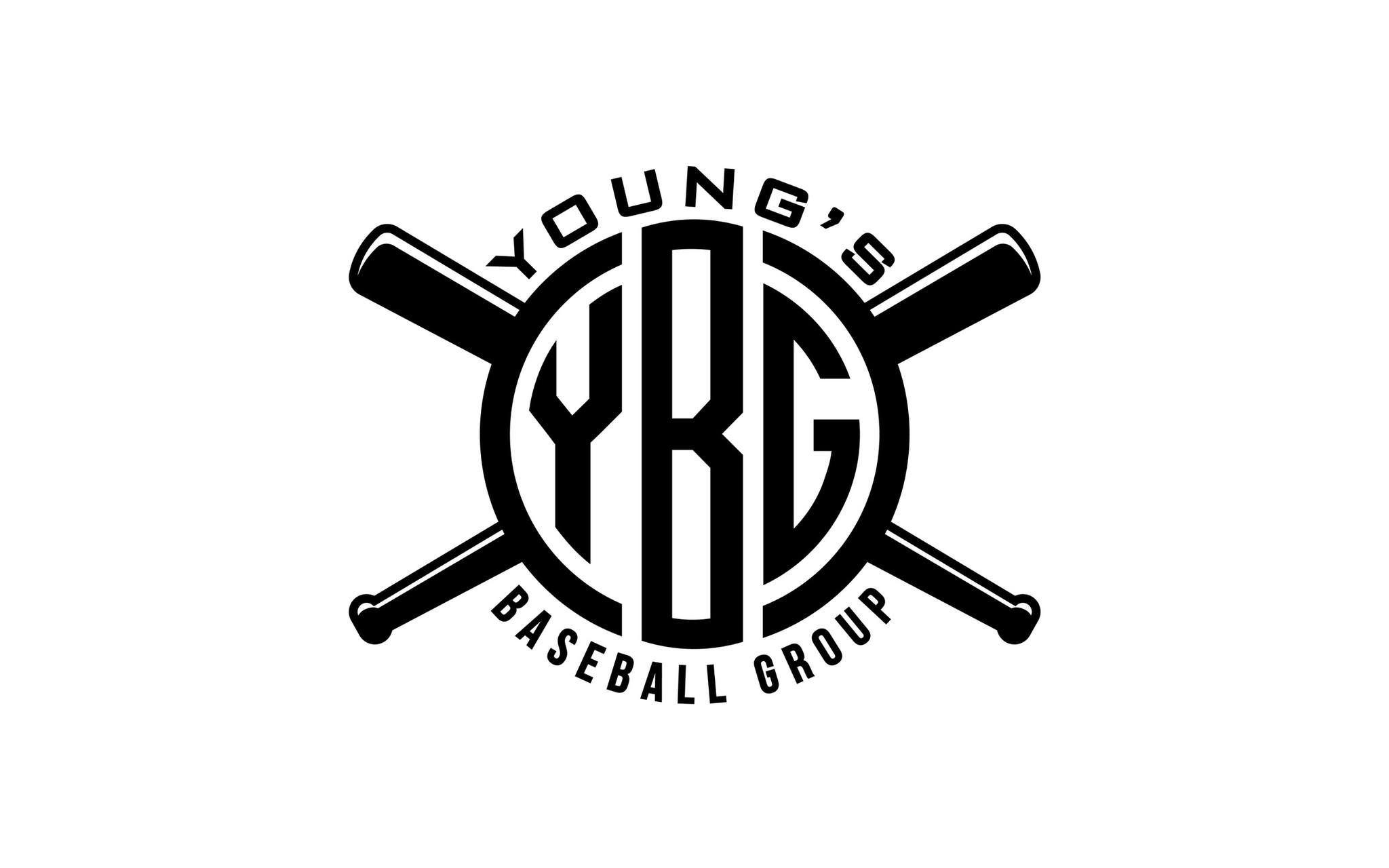
Mastering Baseball Mechanics
Understanding Rotational Hitting
Rotational hitting is a fundamental concept in baseball that centers around the efficient use of body mechanics to generate power and speed in a player’s swing. Unlike linear hitting techniques, which focus primarily on moving forward toward the pitch, rotational hitting emphasizes the body’s natural ability to rotate around a spine-like axis. This method allows players to harness their entire body, utilizing major muscle groups for a more powerful and effective swing.
The key component of rotational hitting lies in the coordinated motion of the hips and shoulders, which work in harmony to generate force. When a batter prepares to swing, they initiate movement by pivoting their back foot, which activates the hips. As the hips rotate toward the pitcher, the shoulders follow suit, creating a whip-like effect that enhances bat speed. This sequence not only promotes greater force but also improves timing, allowing players to make precise contact with the ball. The kinetic chain involved in rotational hitting is essential; it illustrates how energy generated from the lower body can be transferred upward, culminating in a robust swing.
Moreover, mastering rotational hitting requires a thorough understanding of proper mechanics. Batters must focus on their stance, ensuring their weight is balanced and their posture is conducive to rotation. Engaging the core muscles and aligning the torso correctly are also vital for maximizing power. As players practice these techniques, they will discover that the efficiency gained from rotational hitting leads to improved performance at the plate. This method not only increases bat speed but also enhances the batter’s ability to drive the ball with authority. Recognizing the importance of rotation can significantly impact a player’s success, ultimately distinguishing them in competitive environments.
Key Mechanics of a Rotational Swing
Mastering the mechanics of a rotational swing in baseball is crucial for achieving optimal performance at the plate. A successful swing begins with the proper stance, which provides the foundation for balance and control. Players should adopt a relaxed position with their feet shoulder-width apart and knees slightly bent, allowing for efficient movement. This initial stance enables the lower body to generate the necessary power during the swing.
Once in position, the next critical component is the load phase. This involves shifting weight onto the back leg while keeping the upper body steady. During this phase, the core engages, allowing for the energy produced in the lower half to be stored and prepared for release. It is essential for players to avoid any unnecessary movement in the upper body, as maintaining a still upper body fosters a more effective and fluid swing.
The stride is the next element to consider, where the front foot steps toward the pitcher as the player prepares for the pitch. This movement not only aids in closing the gap but also allows for proper weight transfer from the back leg to the front leg. The goal of a well-executed stride is to create a direct path for the bat to travel through the hitting zone, thereby enhancing bat speed and contact precision.
Finally, follow-through is a pivotal aspect of the rotational swing. After making contact with the ball, a complete follow-through ensures that the energy generated throughout the swing is efficiently utilized. The back foot should pivot, and the upper body should continue its motion, resulting in a full rotation. Drills such as tee work, where players focus on different swing phases, can significantly enhance understanding and execution of these mechanics. By practicing these key elements—stance, load, stride, and follow-through—players can improve their rotational swing, ultimately leading to better performance at the plate.
Common Mistakes and How to Avoid Them
One of the primary challenges players face when implementing rotational hitting techniques is improper weight transfer. A common mistake is failing to shift weight correctly from the back foot to the front foot during the swing. This can result in a weak, ineffective hit. To mitigate this, athletes should practice drills focusing on proper weight distribution. For example, the “step and swing” drill encourages players to step forward as they swing, ensuring the weight moves forward and promotes stability.
Another frequent error is insufficient hip rotation. Many players concentrate on their arms and upper body, neglecting the hips, which play a crucial role in generating power. Without effective hip rotation, bat speed and swing effectiveness can diminish significantly. To correct this, athletes should incorporate hip rotation drills into their practice routine. One useful exercise is the “hip hinge drill,” which emphasizes moving the hips fluidly while maintaining proper alignment with the spine. This encourages better engagement of the lower body during the swing.
Additionally, the failure to utilize the lower body effectively is a key mistake in rotational hitting. The legs provide a significant energy source for creating bat speed through the swing. To enhance lower body involvement, players might perform squats and lunges, which build strength in the legs while reinforcing the importance of lower body mechanics in hitting. A structured workout plan that includes these exercises can foster greater awareness and coordination between the lower and upper body during the swing.
By identifying these common mistakes and applying targeted corrective measures, players can enhance their rotational hitting proficiency. These adjustments not only lead to improved performance but also contribute to building a more powerful swing, thereby maximizing their potential in the game.
Training Tips for Improving Rotational Hitting
To enhance your rotational hitting skills in baseball, it is vital to incorporate targeted exercises and drills that focus on building core strength, improving flexibility, and fostering coordination between the upper and lower body. A solid foundation in these areas will promote a more powerful and effective swing.
Begin with core strength exercises, as a strong core provides the necessary stability for efficient rotation. Planks, Russian twists, and medicine ball slams are excellent choices to engage the core muscles. Gradually increase the intensity and duration of these exercises to maximize strength gains. Perform these drills three to four times a week to see significant improvements in your overall stability during batting.
Flexibility is another critical component of effective rotational hitting. Incorporate dynamic stretching routines such as leg swings, arm circles, and torso twists into your warm-up. Additionally, consider adding yoga or Pilates sessions to your training routine, as they can enhance overall flexibility and promote better body awareness. Regularly practicing these activities will allow for greater range of motion, enabling smoother and more powerful rotational movements during your swing.
In terms of coordination, drills that emphasize lower and upper body synchronization can be beneficial. Batting practice on a tee, focusing on load and turn mechanics, allows hitters to concentrate on the importance of an efficient swing path and weight transfer. Performing rotational drills with a resistance band can also help players feel the proper movements needed for effective hitting.
Utilizing video analysis can provide profound insights into your swing mechanics. Record your batting sessions and review the footage to identify areas of improvement. Comparing your swings with those of professional players can further help you refine your technique. By consistently implementing these training tips, players can adapt their approach to hitting, steering them toward mastery of rotational hitting in baseball.



